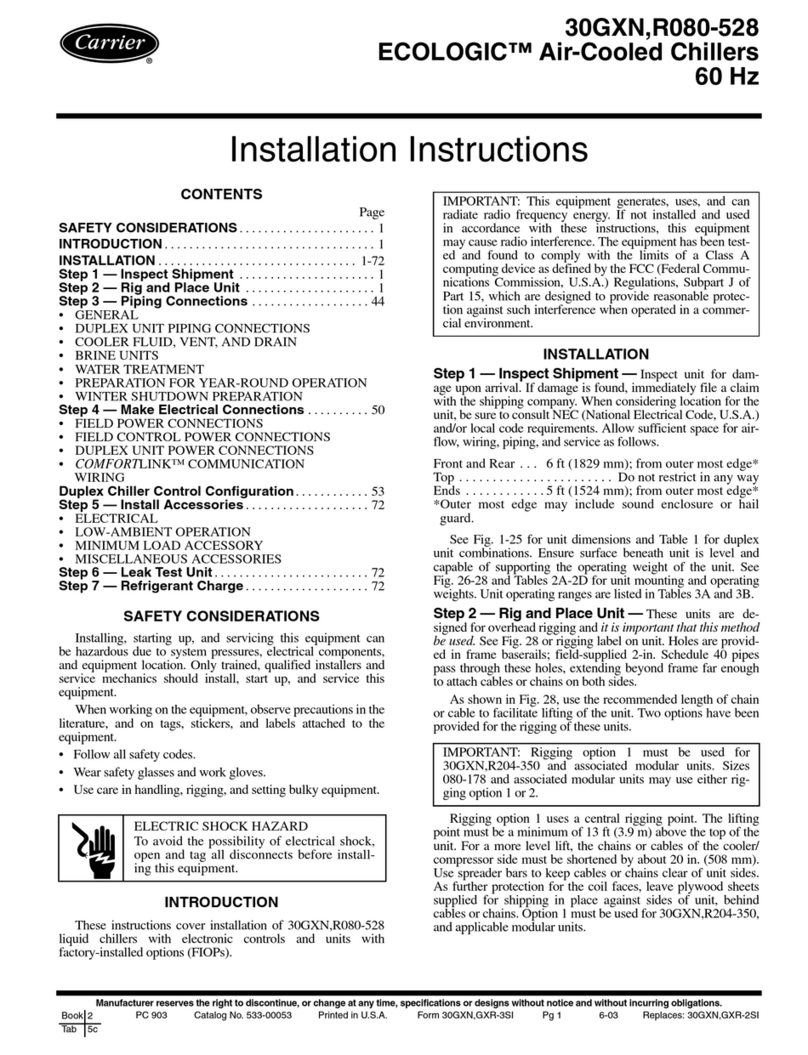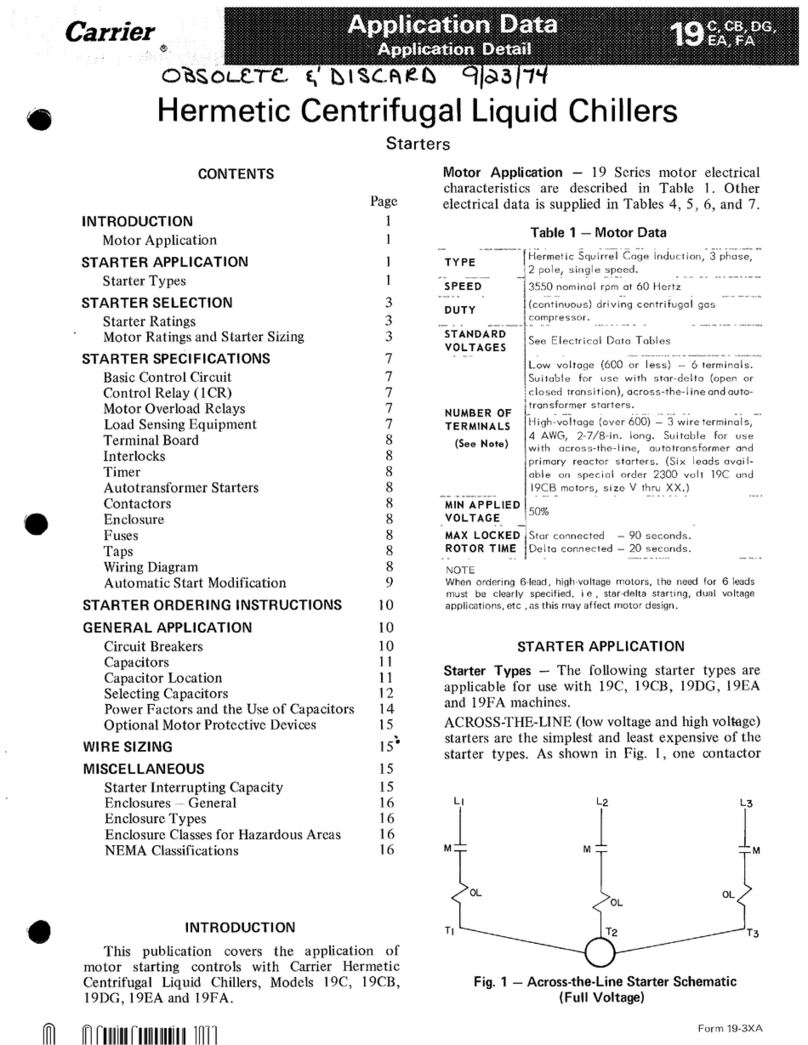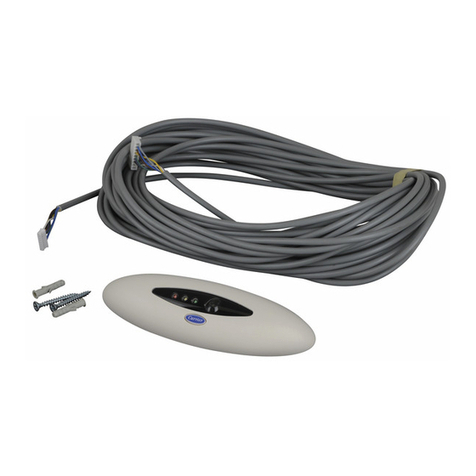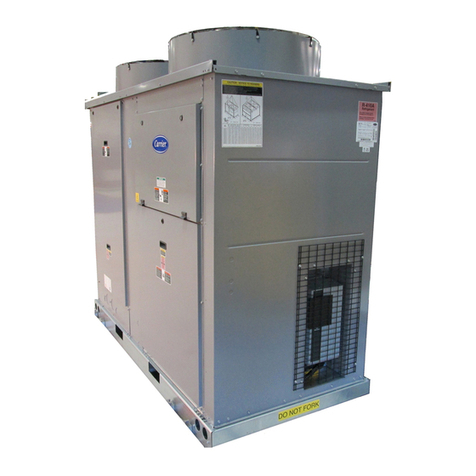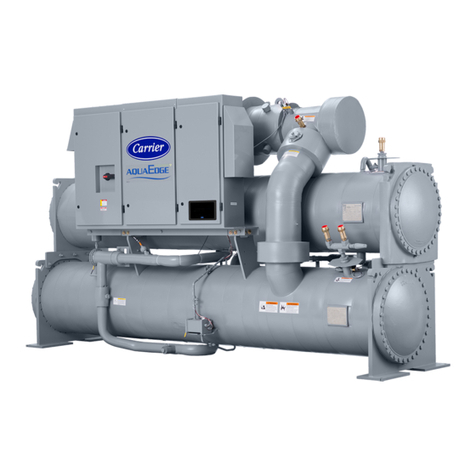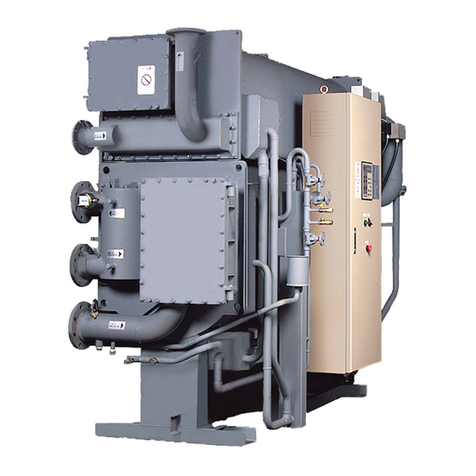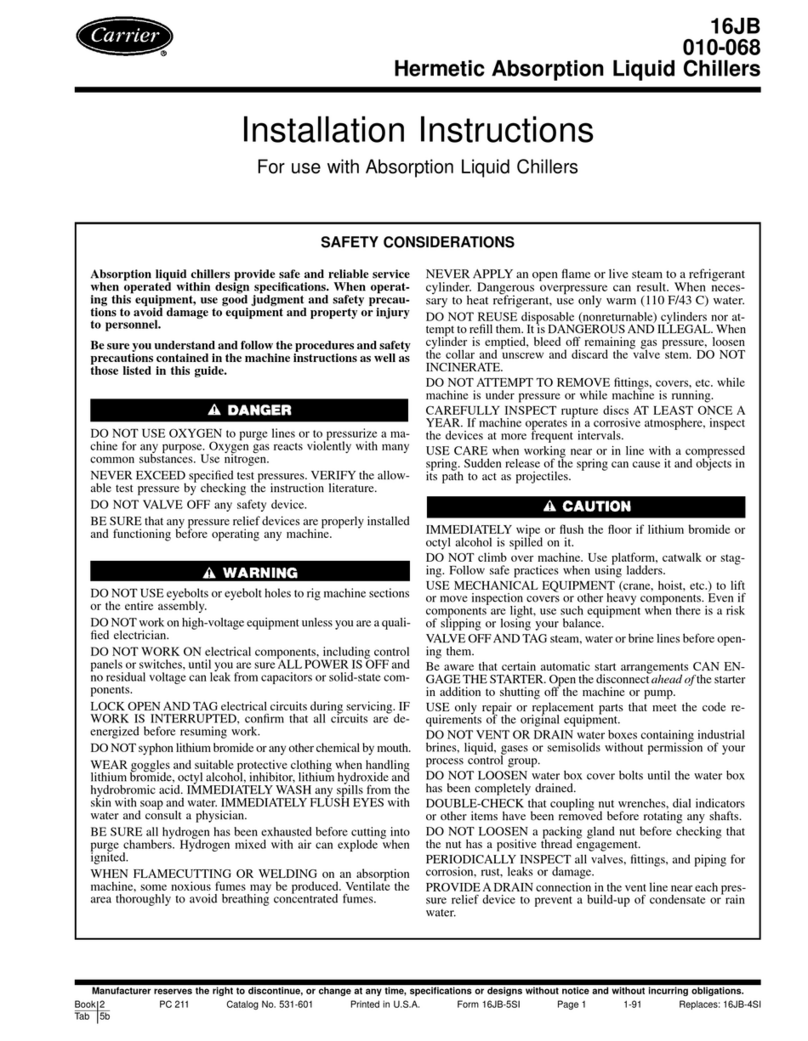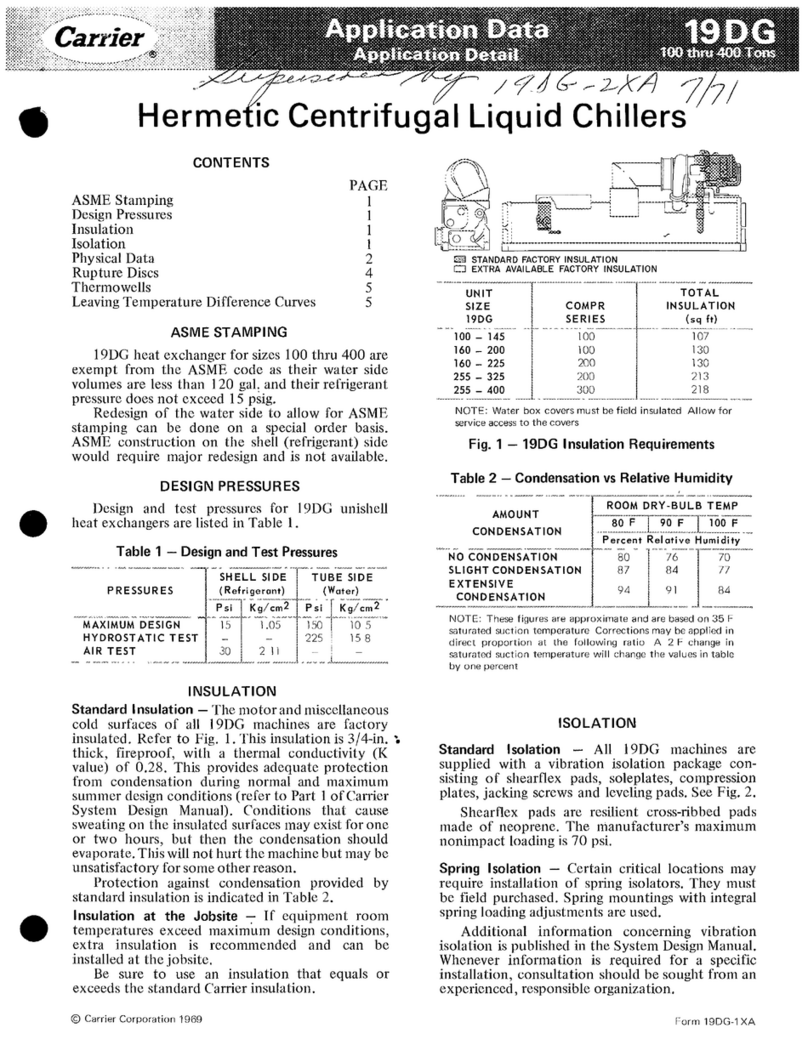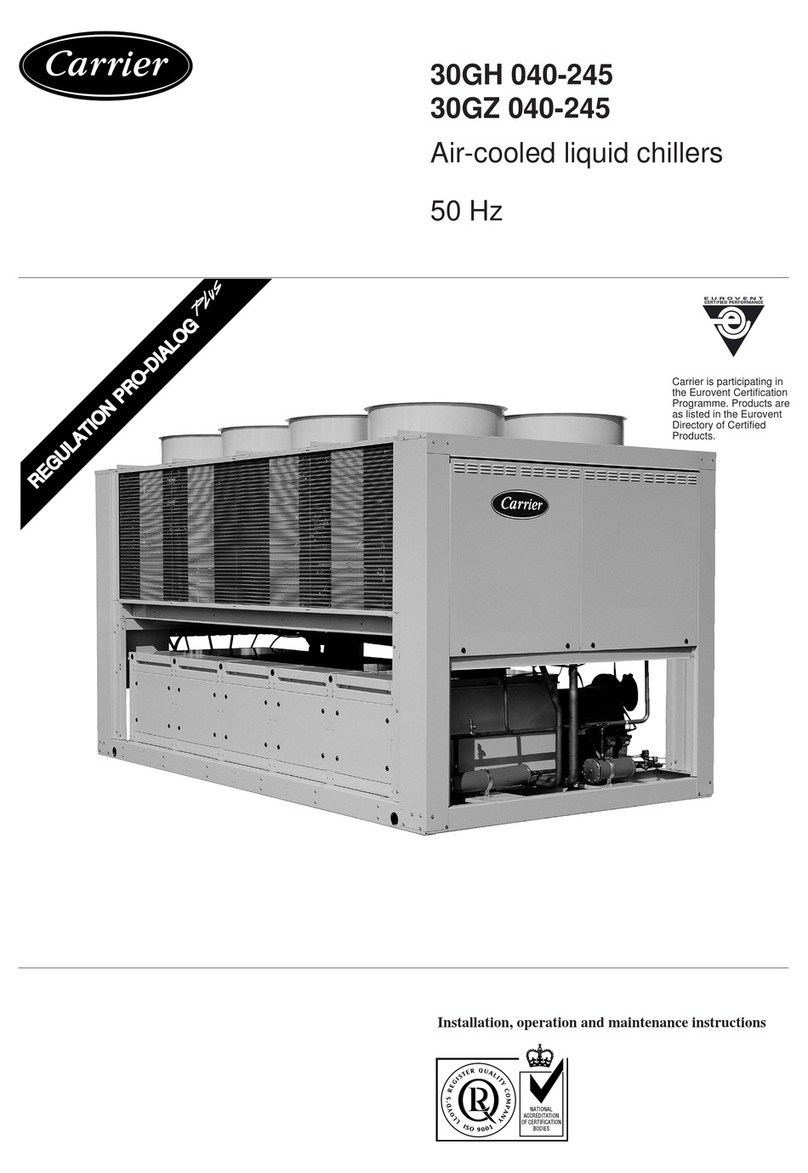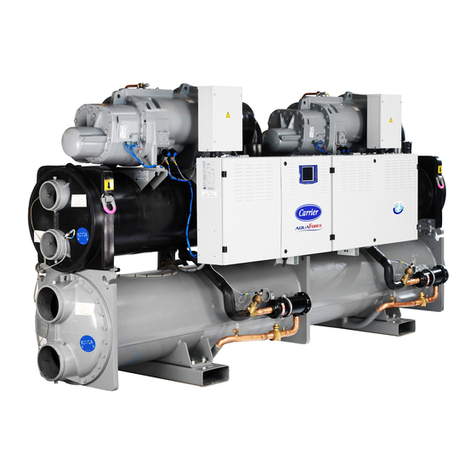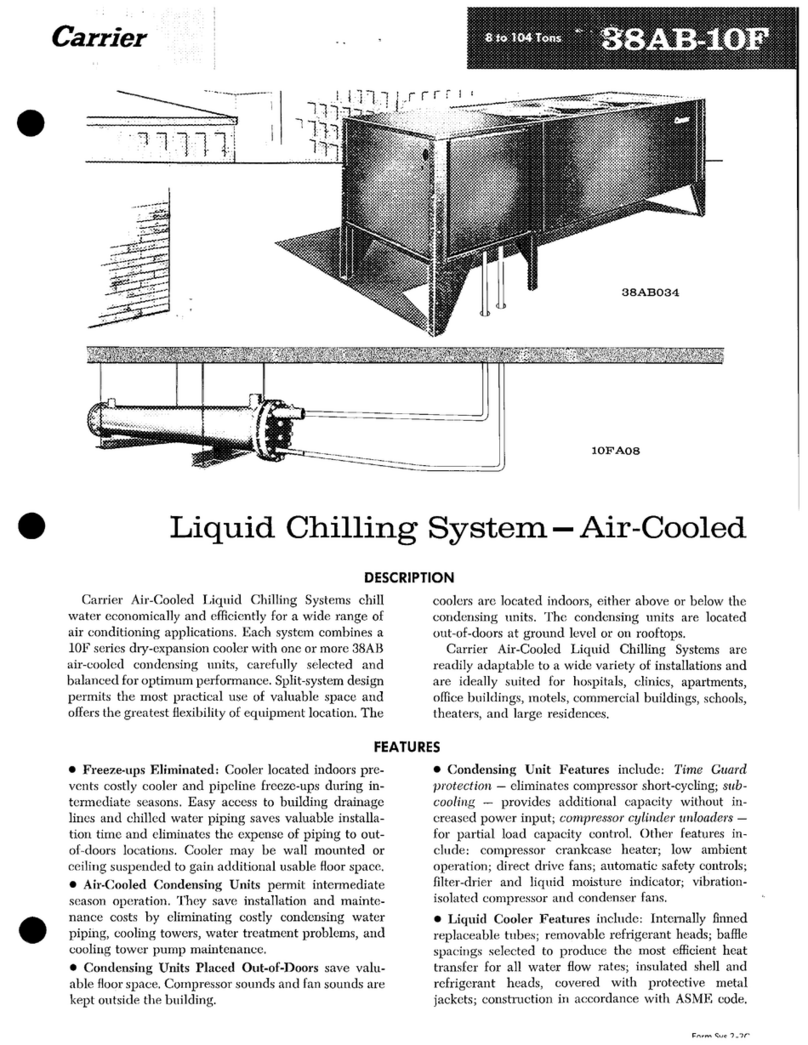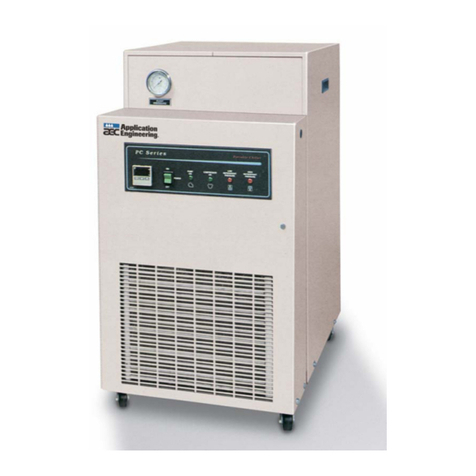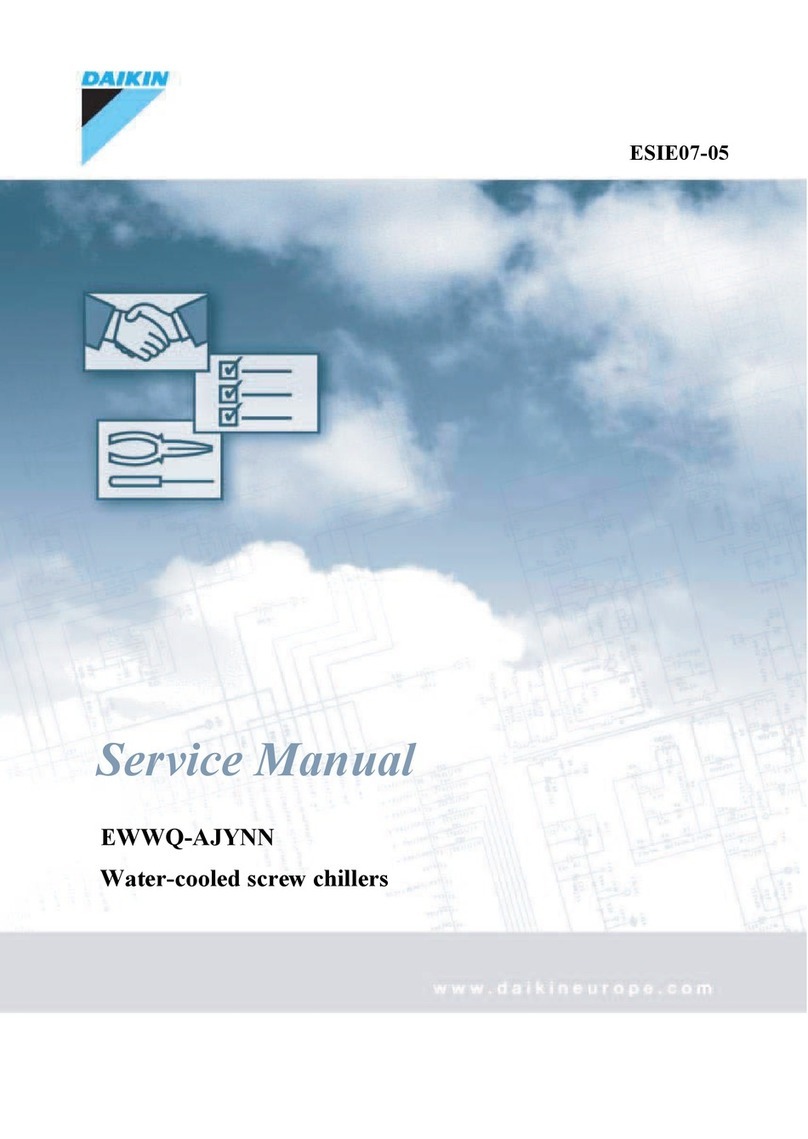
2
CONTENTS
Page
SAFETY CONSIDERATIONS . . . . . . . . . . . . . . . . . . . . . . . . 1
INTRODUCTION . . . . . . . . . . . . . . . . . . . . . . . . . . . . . . . . . . . . 2
ABBREVIATIONS AND EXPLANATIONS. . . . . . . . . . . . 2
Required Publications. . . . . . . . . . . . . . . . . . . . . . . . . . . . . . 2
Getting Assistance from Eaton . . . . . . . . . . . . . . . . . . . . . 2
IDENTIFYING DRIVE COMPONENTS . . . . . . . . . . . . . . . 3
Components and Application . . . . . . . . . . . . . . . . . . . . . . 3
START-UP. . . . . . . . . . . . . . . . . . . . . . . . . . . . . . . . . . . . . . . . . . 4
Wire Lugs . . . . . . . . . . . . . . . . . . . . . . . . . . . . . . . . . . . . . . . . . . 4
Verify Installation . . . . . . . . . . . . . . . . . . . . . . . . . . . . . . . . . . 5
Configure the VFD. . . . . . . . . . . . . . . . . . . . . . . . . . . . . . . . . . 5
Commissioning the Unit. . . . . . . . . . . . . . . . . . . . . . . . . . . . 6
Check Configuration Jumpers. . . . . . . . . . . . . . . . . . . . . . 6
SERVICE . . . . . . . . . . . . . . . . . . . . . . . . . . . . . . . . . . . . . . . . . . . 7
Troubleshooting the Drive. . . . . . . . . . . . . . . . . . . . . . . . . . 7
• CHILLER ALERT CODES
• CHILLER ALARM CODES
• TEST EQUIPMENT NEEDED TO TROUBLESHOOT
• VERIFYING THAT DC BUS CAPACITORS ARE
DISCHARGED
• HIGH TEMPERATURE ALARMS
• MAIN CONTROL BOARD (MCB) COMPONENTS
Checking Power Modules and Motor Input
with Input Power Off . . . . . . . . . . . . . . . . . . . . . . . . . . . . . 8
Servicing the Drive . . . . . . . . . . . . . . . . . . . . . . . . . . . . . . . . . 8
• REMOVING THE DRIVE FROM THE ENCLOSURE
Parts Identification and Location . . . . . . . . . . . . . . . . . . 12
APPENDIX A — WIRING SCHEMATICS . . . . . . . . . . . 16
INTRODUCTION
The Carrier VFD (variable frequency drive) option Start-Up
and Service Manual is intended for trained and qualified ser-
vice personnel, and is to be used during start-up, operation, and
maintenance of the Eaton LCX9000 drive.
ABBREVIATIONS AND EXPLANATIONS
Frequently used abbreviations in this manual include:
Required Publications
The Carrier VFD option Start-Up and Service Manual must be
used with the latest revision of the Start-Up, Operation, and
Maintenance Instructions for the 19XRV or 23XRV chiller
with PIC III controls.
Getting Assistance from Eaton
When calling the numbers listed below, have the following in-
formation available:
• Eaton General Order # (GO#)
• Carrier part number
• Carrier chiller serial number
• Eaton serial number
• Detailed description of the issue (ideally while on site)
Eaton Care HVAC OEM Support Team 1-800-752-5495
Direct to drives tech support 800-322-4986
Main Eaton Technical Resource Center Number 800-809-2772
(option 6 for drives)
WARNING
Operation of this equipment with refrigerants other than those
cited herein should comply with ANSI/ASHRAE 15 (latest
edition). Contact Carrier for further information on use of this
machine with other refrigerants.
DO NOT ATTEMPT TO REMOVE fittings, covers, etc.,
while machine is under pressure or while machine is running.
Be sure pressure is at 0 psig (0 kPa) before breaking any
refrigerant connection.
CAREFULLY INSPECT all relief valves, rupture discs, and
other relief devices AT LEAST ONCE A YEAR. If machine
operates in a corrosive atmosphere, inspect the devices at
more frequent intervals.
DO NOT ATTEMPT TO REPAIR OR RECONDITION any
relief valve when corrosion or build-up of foreign material
(rust, dirt, scale, etc.) is found within the valve body or mecha-
nism. Replace the valve.
DO NOT install relief devices in series or backwards.
USE CARE when working near or in line with a compressed
spring. Sudden release of the spring can cause it and objects in
its path to act as projectiles.
CAUTION
Failure to follow these procedures may result in personal
injury or damage to equipment.
DO NOT STEP on refrigerant lines. Broken lines can whip
about and release refrigerant, causing personal injury.
DO NOT climb over a machine. Use platform, catwalk, or
staging. Follow safe practices when using ladders.
USE MECHANICAL EQUIPMENT (crane, hoist, etc.) to lift
or move inspection covers or other heavy components. Even if
components are light, use mechanical equipment when there is
a risk of slipping or losing your balance.
BE AWARE that certain automatic start arrangements CAN
ENGAGE THE STARTER, TOWER FAN, OR PUMPS.
Open the disconnect ahead of the starter, tower fan, and
pumps. Shut off the machine or pump before servicing equip-
ment.
USE only repaired or replacement parts that meet the code
requirements of the original equipment.
DO NOT VENT OR DRAIN waterboxes containing industrial
brines, liquid, gases, or semisolids without the permission of
your process control group.
DO NOT LOOSEN waterbox cover bolts until the waterbox
has been completely drained.
DOUBLE-CHECK that coupling nut wrenches, dial indica-
tors, or other items have been removed before rotating any
shafts.
DO NOT LOOSEN a packing gland nut before checking that
the nut has a positive thread engagement.
PERIODICALLY INSPECT all valves, fittings, and piping for
corrosion, rust, leaks, or damage.
PROVIDE A DRAIN connection in the vent line near each
pressure relief device to prevent a build-up of condensate or
rain water.
DO NOT re-use compressor oil or any oil that has been
exposed to the atmosphere. Dispose of oil per local codes and
regulations.
DO NOT leave refrigerant system open to air any longer than
the actual time required to service the equipment. Seal circuits
being serviced and charge with dry nitrogen to prevent oil con-
tamination when timely repairs cannot be completed.
CCM — Chiller Control Module
DC — Direct Current
HMI — Human Machine Interface
ICVC — International Chiller Visual Controller
I/O — Inputs/Outputs
IPWM — Inverter Pulse Width Modulation
MCB — Main Control Board
MOV — Metal Oxide Varistor
SIO — Sensor Input/Output

